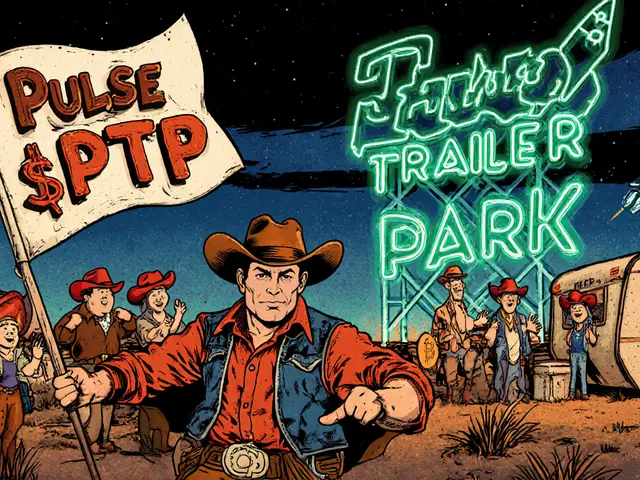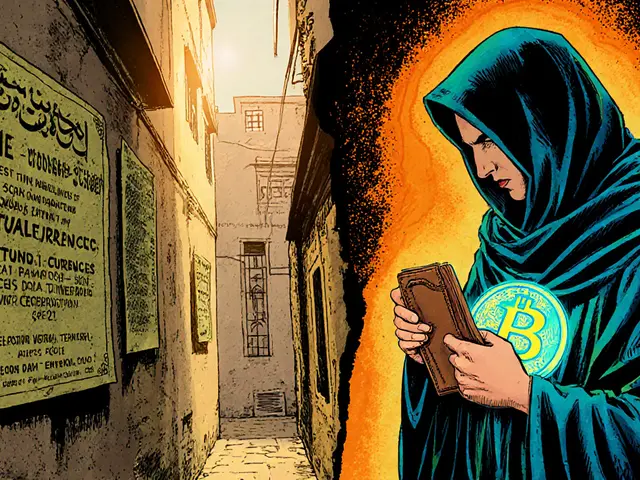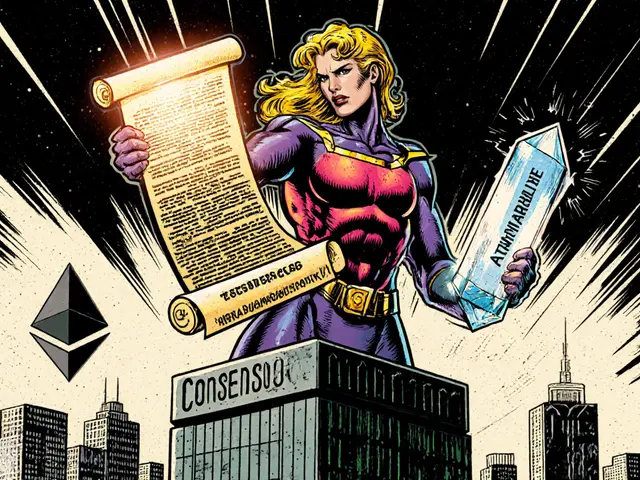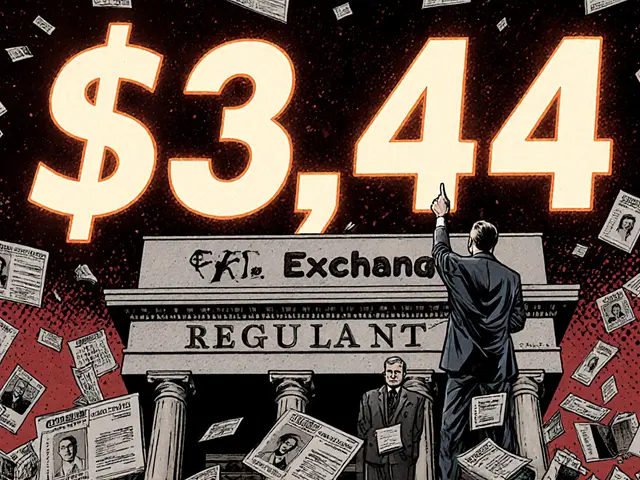Blockchain Barriers: What Stops Crypto from Going Mainstream
When people talk about blockchain, they often imagine a future where everything is faster, cheaper, and open to all. But the truth? blockchain barriers, obstacles that prevent blockchain from being simple, fast, or widely adopted. Also known as crypto adoption hurdles, these are the hidden walls keeping most people out—not because they don’t want in, but because the system is still broken in plain sight. You can’t use a wallet that takes three days to sync. You can’t trust an exchange that hides its team. You can’t buy crypto if your country bans mining to stop blackouts. These aren’t edge cases—they’re everyday realities.
One major barrier is node synchronization, the process where every computer on a blockchain network updates its copy of the transaction ledger. On Ethereum or Bitcoin, syncing a full node can take days. Most users give up and use a third-party wallet instead—giving up control, and sometimes their funds, to someone else. Then there’s blockchain interoperability, the ability for different blockchains to talk to each other. WACME lets ACME tokens work on Ethereum, but with a $179K market cap and zero real users, it’s a ghost town. Meanwhile, WUSDR doesn’t even exist—just another fake token confusing people trying to navigate this space.
Regulation isn’t helping. In Bolivia, trading crypto can land you in legal trouble. In Kazakhstan, the government shut down mining because the power grid was failing. And in the U.S., only one exchange—Bitnomial—has full CFTC approval for physical delivery. Everywhere else? It’s a gray zone. Exchanges like MaskEX and Buff Network show no team, no audits, no proof they work. FREE2EX and Coinzo offer low fees but no security. People aren’t scared of volatility—they’re scared of losing their money to something that might not even be real.
And then there’s the tech itself. Merkle trees and Patricia tries keep blockchains running, but they’re not user-friendly. Validator slashing penalties hit stakers for tiny mistakes. Layer 3 chains like Molten promise 100x lower fees, but only traders care—and most people don’t even know what a Layer 3 is. Meme coins like Wiener AI ride hype, not tech, and vanish when the buzz dies. Even CBDCs, the government’s answer to crypto, are just digital cash with no real innovation—just more control.
These aren’t minor glitches. They’re systemic. Blockchain barriers aren’t about code—they’re about trust, speed, clarity, and safety. If you’ve ever waited days for a wallet to sync, lost money on a fake token, or been told crypto is illegal where you live—you’ve hit one of these walls. The posts below don’t sugarcoat it. They show you the real exchanges, the fake tokens, the broken systems, and the few that actually work. No hype. No fluff. Just what’s standing between you and real crypto access.






